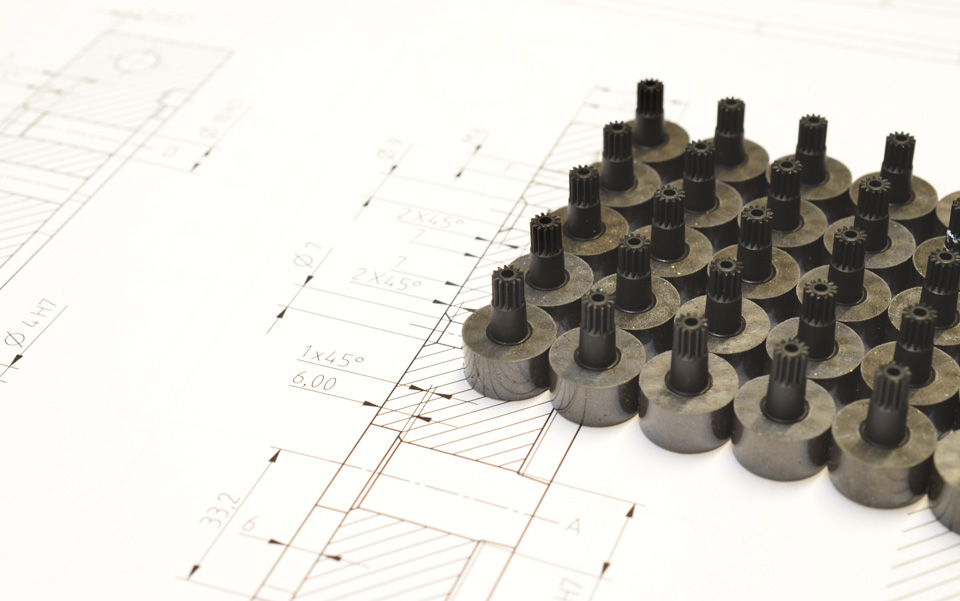From research to industrial production. Johnson Electric International, in collaboration with the iRAP Institute of the School of Engineering and Architecture of Fribourg, has developed a technology to facilitate the production of magnetic rotors. Since the end of the project in 2019, the Fribourg-based company has been able to industrialise the developed technology.
Johnson Electric International, based in Murten, designs and manufactures motion solutions for the automotive industry. These include actuators found in air conditioning modules, for example. The actuators contain electric motors that are operated by magnetic rotors, which are composed of several parts: a shaft, a magnetic cylinder and a drive pinion. The traditional production process of rotors requires multiple steps, such as manufacturing, magnetisation and assembly operations. To reduce costs and ensure continuous, cost-effective high-volume production in Switzerland, Johnson Electric wanted to develop a fully integrated production process for the manufacture of its rotors in a single step.
Thanks to the support of Innosuisse, Johnson Electric was able to achieve its goal. Together with the Institute of Applied Research in Plastics (iRAP) of the School of Engineering and Architecture of Fribourg (member of HES-SO), the company has developed an injection process for magnetisable material, which allows the manufacture of the rotor in a greatly reduced number of operations. “At the start of the project, Johnson Electric did not master this technique”, explains Enno de Lange, project manager of “AREEA” for Johnson Electric. “The iRAP Institute, with its strong background in highly filled polymer injection moulding as well as integrative injection moulding techniques, was therefore the ideal partner to develop this new technology”.
“One of the biggest challenges of this project was to realise and successfully fit two magnetic circuits in the same mould, all while taking into account the miniaturisation and complexity of the magnetised part”, explains Bruno Bürgisser, professor at the School of Engineering and Architecture of Fribourg and director of the iRAP institute.

Industrial production at stake
The manufacturing technology developed in this Innosuisse project made it possible to produce the entire rotor in a single production step using an injection moulding machine. At the same time, the process has been adapted to favour the use of a magnetic compound that considerably increases the magnetic properties of the rotor and thus results in a more energy-efficient and high-performance actuator. The industrialisation of this new production process was tested at the end of the project in 2019 and a pre-series of about 5,000 parts was produced in the iRAP laboratory validating this new technology.
After two years of research, the success was confirmed. “All the targets set were met or exceeded, whether it was magnetic properties, production time, process stability or integrated assembly”, says Enno de Lange. “Moreover, thanks to the project, valuable know-how regarding the injection process of this magnetic compound was acquired, which allowed Johnson Electric to industrialise this technology and use it to produce its new generation of actuators”.
Preparations for the industrialisation of this new production process began in Murten as soon as the project was completed.
Essential achievements for the future
Thanks to the support of Innosuisse, it was possible to develop a manufacturing process in a short period of time that was based on several technical innovations simultaneously. “This experience will enable Johnson Electric to develop new products in the future based on the know-how acquired”, believes Enno de Lange.
Last modification 13.06.2022





